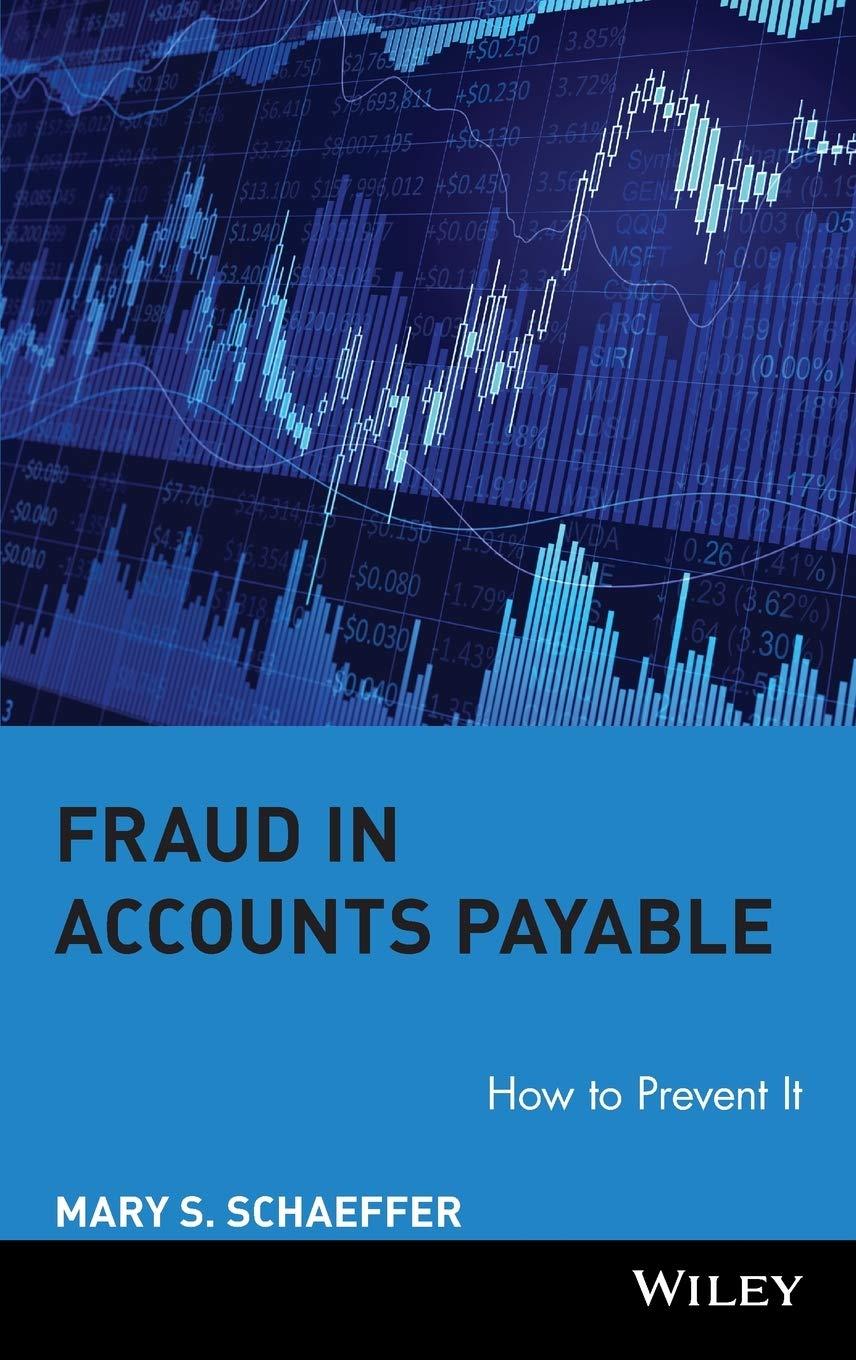Question
Lisa Carter, CFO at Serton Software, reflected on her recent conversation with Michael Raston, the CEO. Michael was concerned that because of changes in the
Lisa Carter, CFO at Serton Software, reflected on her recent conversation with Michael Raston,
the CEO. Michael was concerned that because of changes in the market condition as well as
changes in the debt structure at Serton, the old yardstick for capital projects was no longer
reliable. With the market being somewhat stable after the financial crisis of 2008, Fed has been
planning to increase the rate slowly. Michael expects the long term rates to be higher than short
term rate. Lisa and Michael are debating which rate they should use as risk free rate (3-month T-
Bill, 5-year, or 10-year Treasury notes/bonds rates). Furthermore, 1 year ago, Serton had raised
$200 million by issuing 6% coupon (payable semi-annually) 14-year bonds at a price of 971.53.
These bonds are currently trading at $1063.13. This was in addition to the $300 million raised by
issuing 15-year 4.5% semiannual bonds at par two years ago.
Lisa recalled discussions with the board concerning the new bond issue. A particular board
member, Kathy Majewski, was citing financial research she encountered while doing her MBA at
the Wharton School. According to this research, bonds made sense mostly for firms paying a lot
of taxes. For these firms, the interest deduction is most valuable, compelling them to use debt at
the margin instead of internal or external debt. Kathy cited the fact that Serton passed much of its
global revenues through its subsidiaries in Ireland and the Netherlands and therefore only pays
about 10% of its profits as taxes. This rate was significantly below the corporate tax rate of 34%.
Although this discussion pertained to the corporate debt policy, Lisa wondered whether this tax
reality had anything to do with producing estimates of the corporate hurdle rate. Overall,
however, there were uncertainties about whether this situation (that is, low taxes) was tenable in
the long-term and whether Serton could continue to defer bringing back its cash from foreign
accounts (Note: the tax scheme of passing income through tax havens like Ireland also depended
on not needing the cash in the U.S. for the foreseeable future).
Linda tasked her assistant Jane Arches with crafting an appropriate response to her CEO. As a
first step, Jane downloaded SESOs stock price information along with data on the market index
for the previous 36 months (see the appendix following the case).
Assume that you are working with Jane to perform this analysis. Making appropriate
assumptions, informed by class discussions and by information in the finance text-book:
1.
Calculate the cost of equity for SESO. What are some of the limitations of the method
that you used?
2.
Calculate the cost of debt. What assumption did you make in order to perform this
calculation?
3.
Assume that SESO has 5 million shares outstanding. What is the market capitalization of
Serton?
4.
What is the WACC of Serton?
Appendix:
Monthly historical prices
Annualized treasury rates
Date
SESO
S&P
3 Mo
5 Yr
10 Yr
6/1/2015
119.22
2063.11
0.02
1.55
2.19
7/1/2015
115.29
2103.84
0.01
1.7
2.43
8/1/2015
107.33
1972.18
0.08
1.52
2.16
9/1/2015
105.31
1920.03
0.03
1.49
2.17
10/1/201
5
114.09
2079.36
0
1.37
2.05
11/1/201
5
112.95
2080.41
0.08
1.57
2.2
12/1/201
5
100.93
2043.94
0.21
1.59
2.15
1/1/2016
93.33
1940.24
0.22
1.73
2.24
2/1/2016
92.71
1932.23
0.35
1.38
1.97
3/1/2016
105.07
2059.74
0.33
1.31
1.83
4/1/2016
90.37
2065.30
0.23
1.24
1.79
5/1/2016
96.27
2096.95
0.22
1.32
1.88
6/1/2016
92.72
2098.86
0.3
1.39
1.85
7/1/2016
101.07
2173.60
0.28
1
1.46
8/1/2016
102.91
2170.95
0.29
1.06
1.51
9/1/2016
110.24
2168.27
0.33
1.18
1.57
10/1/201
6
110.72
2126.15
0.32
1.18
1.63
11/1/201
6
107.78
2198.81
0.35
1.3
1.83
12/1/201
6
113.52
2238.83
0.48
1.9
2.45
1/1/2017
118.94
2278.87
0.53
1.94
2.45
2/1/2017
134.27
2363.64
0.51
1.93
2.48
3/1/2017
141.42
2362.72
0.63
1.99
2.46
4/1/2017
141.41
2384.20
0.79
1.88
2.35
5/1/2017
150.38
2411.80
0.83
1.84
2.33
6/1/2017
142.36
2423.41
0.98
1.76
2.21
7/1/2017
147.02
2470.30
1.06
1.93
2.35
8/1/2017
162.11
2471.65
1.08
1.8
2.26
9/1/2017
152.94
2519.36
1.02
1.73
2.16
10/1/201
7
167.75
2575.26
1.01
1.94
2.34
11/1/201
7
170.54
2584.84
1.18
2.01
2.37
12/1/201
7
168.54
2673.61
1.27
2.13
2.37
1/1/2018
166.75
2823.81
1.44
2.25
2.46
2/1/2018
177.40
2713.83
1.48
2.56
2.78
3/1/2018
167.78
2640.87
1.63
2.58
2.81
4/1/2018
175.82
2677.84
1.77
2.55
2.73
4/16/201
8
175.82
2677.84
1.77
2.55
2.73
To start:
?
S&P index is used as market index
?
Beta Calculate monthly returns of market and stock. Then, regress risk premium of
stock on market risk premium to find beta
You can also refer this link:
Beta
?
For the CAPM model, find the most recent market risk premium used in the industry (cite
the source of your information).
?
Use bond-pricing theorem from chapter 8 to work on the bond part.
Step by Step Solution
There are 3 Steps involved in it
Step: 1

Get Instant Access to Expert-Tailored Solutions
See step-by-step solutions with expert insights and AI powered tools for academic success
Step: 2

Step: 3

Ace Your Homework with AI
Get the answers you need in no time with our AI-driven, step-by-step assistance
Get Started


